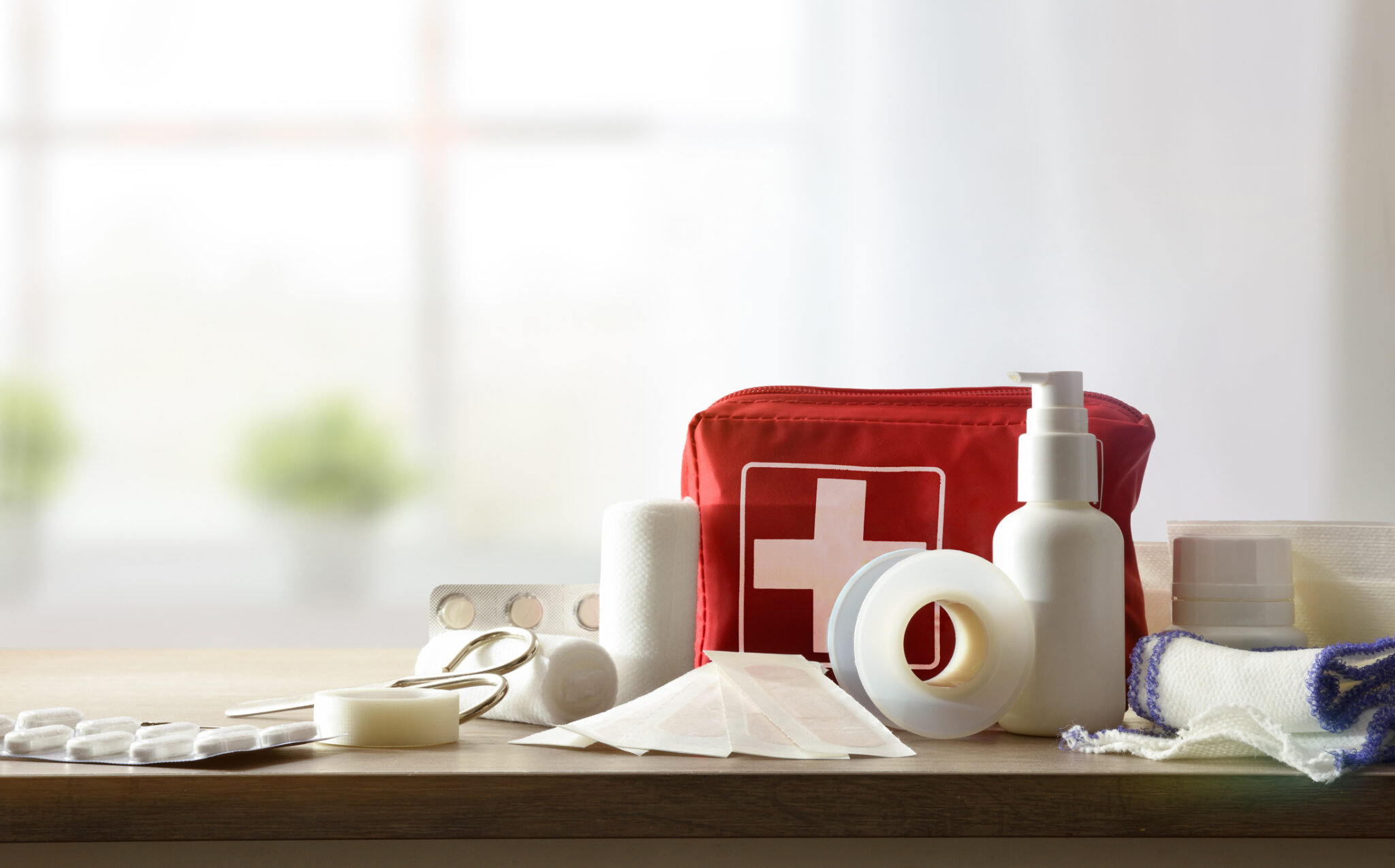How to Ensure Your Rental Meets Local Safety Codes

Meeting local safety codes for rentals is crucial for property managers in the short-term rental industry. Ensuring that your rental complies with these standards not only protects your guests but also shields you from potential liabilities. Here’s a guide to understanding and implementing local safety codes to keep your property safe and compliant.
Research Local Safety Codes for Rentals
Before making any updates, familiarize yourself with the specific safety requirements in your area. Safety codes for rentals can vary widely by location and may include building codes, fire safety requirements, and other local ordinances.
- Consult Local Regulations — Start by reviewing your city or county’s building and fire codes, which usually outline the safety requirements for short-term rentals.
- Check State and Federal Guidelines — Beyond local requirements, familiarize yourself with state and federal laws, especially if they cover fire safety, accessibility, or structural integrity.
Install Fire Safety Equipment
Fire safety is one of the most critical aspects of any rental’s safety standards. Proper fire safety measures are often required by local codes and can prevent devastating accidents.
- Smoke Detectors — Install smoke detectors in key areas, including each bedroom and on each floor. Test and maintain them regularly to ensure they work effectively.
- Fire Extinguishers — Provide at least one fire extinguisher per floor, ideally in accessible locations like the kitchen. Educate guests on how to use them if necessary.
- Carbon Monoxide Detectors — In areas where gas appliances or fireplaces are used, carbon monoxide detectors are essential to prevent carbon monoxide poisoning.
Maintain Safe Electrical and HVAC Systems
Faulty electrical wiring and poorly maintained HVAC systems can pose significant safety hazards. Ensuring these systems are up to code and properly maintained is crucial for guest safety.
- Electrical Inspections — Schedule regular inspections to check for outdated wiring or overloaded circuits. Ensure that all outlets are grounded and safe.
- HVAC Maintenance — Have your heating and cooling systems inspected annually. Make sure vents and ducts are clear and that there are no gas leaks in gas-powered systems.
- Provide Clear Instructions — For guest safety, leave instructions on how to use heating, cooling, and electrical appliances properly.
Ensure Structural Integrity and Safe Entry Points
Another essential part of local safety codes for rentals is the structural safety of your property. Regular inspections and updates to doors, windows, and overall structural integrity can keep your property secure and guest-ready.
- Inspect Entry Points — Ensure all doors and windows lock securely and are in good working condition.
- Secure Handrails and Guardrails — If your property has staircases, decks, or balconies, make sure handrails and guardrails are stable and meet height requirements as per local codes.
- Conduct Routine Inspections — Inspect the property for cracks, leaks, and other potential issues. Prioritize repairs and address any structural weaknesses.
Implement Slip-and-Fall Prevention Measures
Slip-and-fall accidents are among the most common injuries in rental properties. Taking proactive measures to prevent these incidents can improve safety and protect you legally.
- Non-Slip Mats and Flooring — Use non-slip mats in high-risk areas like bathrooms and kitchens. Consider non-slip flooring for outdoor areas as well.
- Adequate Lighting — Poor lighting can lead to falls. Ensure all walkways, staircases, and entry points are well-lit.
- Clear Walkways — Keep walkways clear of obstacles, especially if the property has outdoor stairs, ramps, or decks. Regularly check for potential tripping hazards.
Prepare for Emergencies with Safety Plans and Equipment
Emergency preparedness is an important aspect of meeting local safety codes for rentals. Having a well-thought-out emergency plan and accessible equipment can be invaluable in an emergency.
- Emergency Exits and Evacuation Plans — Post clear evacuation routes and emergency exits. Ensure that guests know how to exit the property quickly if necessary.
- First Aid Kits — Stock a first aid kit with basic medical supplies, and keep it accessible. Check the kit regularly to replenish any used items.
- Emergency Contact Information — Provide guests with a list of local emergency contacts, including police, fire department, and nearby hospitals.
Follow Health and Sanitation Guidelines
Local safety codes may also include health and sanitation requirements, especially in light of recent public health considerations. Keeping your rental clean and sanitary is vital for guest safety.
- Thorough Cleaning Protocols — Follow a regular cleaning schedule and adhere to local health guidelines. Disinfect high-touch areas between stays.
- Adequate Ventilation — Good airflow reduces the spread of germs. Ensure that windows, fans, and ventilation systems are functional.
- Pest Control Measures — Keep your rental pest-free with regular inspections and treatments as needed.
Comply with Accessibility Standards
Depending on the location and type of rental property, there may be accessibility requirements for guests with disabilities. Complying with these standards can broaden your guest base and meet legal requirements.
- Accessible Entrances and Paths — If your property is wheelchair accessible, ensure that entry points and interior paths are wide enough and barrier-free.
- Bathroom Accessibility — Install grab bars in bathrooms and consider a zero-threshold shower if feasible. These features enhance safety for all guests, not just those with mobility challenges.
- Communicate Accessibility Features Clearly — Clearly state the accessible features in your listing description to attract guests looking for accessible accommodations.
Staying compliant with local safety codes for rentals is essential for the safety and satisfaction of your guests. By taking proactive steps to meet these standards—from fire safety to structural integrity and emergency preparedness—you can provide a safe and welcoming environment that guests will trust and return to.
For more tips on maintaining your rental’s safety and compliance, explore Safely’s resources on short-term rental management. With Safely, you can navigate the complexities of property safety, guest screening, and short-term rental insurance.






